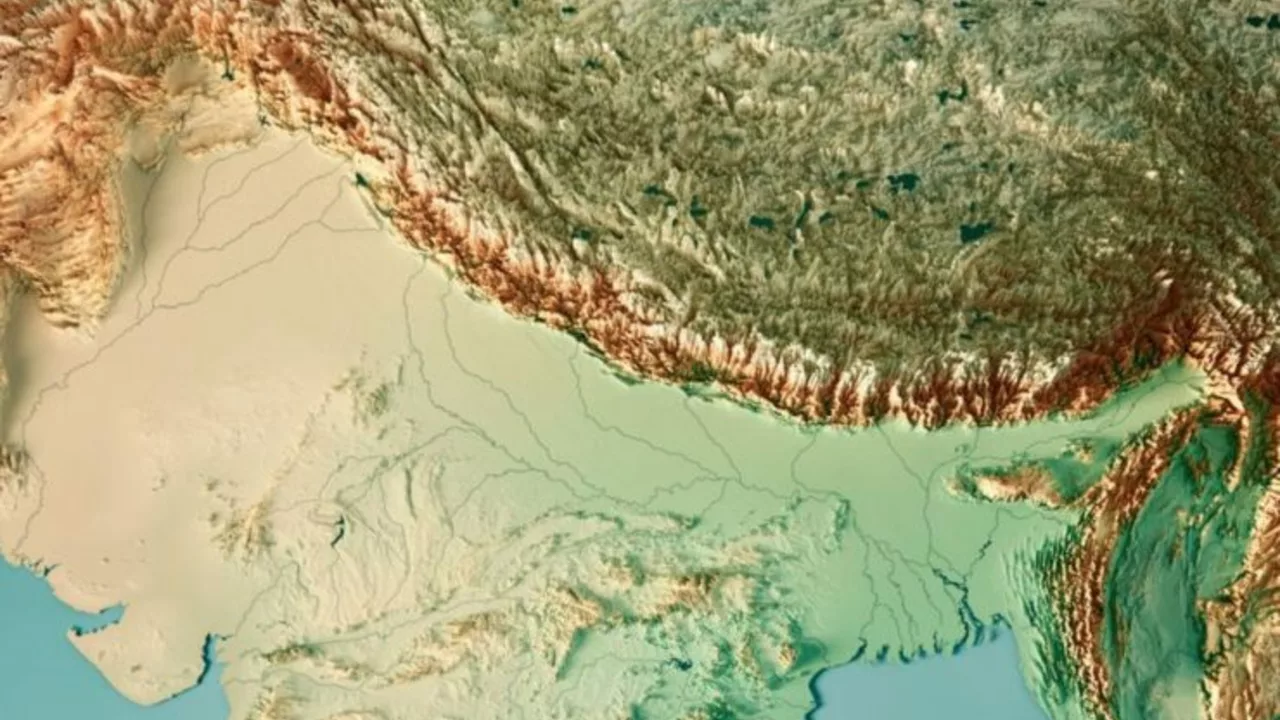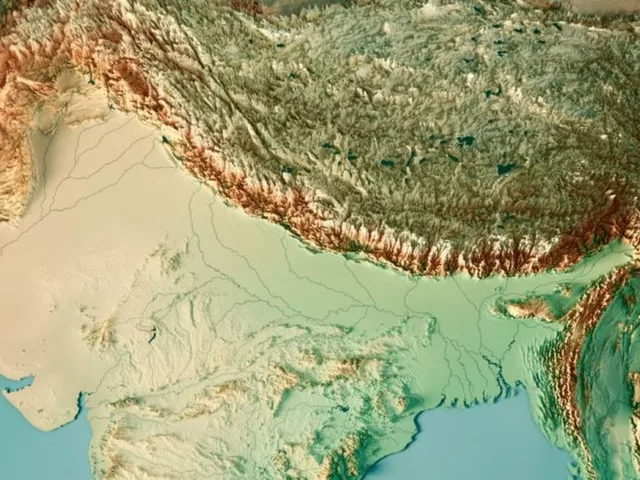India Rulers: Who They Were and Why They Matter
Ever wonder how a single piece of land produced so many powerful leaders? India’s history is packed with kings, emperors, and warriors who changed the way we live today. Below you’ll find a fast‑track look at the most talked‑about rulers, what they did, and why their stories still matter.
Ancient and Classical Rulers
When you think of early India, the Maurya Empire usually pops up first. Chandragupta Maurya founded the empire around 322 BC, uniting scattered kingdoms under one banner. His grandson, Ashoka, took the throne and turned the empire into a massive, peaceful realm after a brutal war in Kalinga. Ashoka’s stone pillars and edicts spread ideas of tolerance and good governance across the subcontinent.
After the Mauryas fell, the Gupta dynasty rose in the 4th century CE. Known as the “Golden Age,” the Guptas promoted arts, science, and trade. King Chandragupta I and his successors built a stable, prosperous state that let scholars like Aryabhata explore mathematics and astronomy. Their legacy shows how good administration can spark cultural growth.
Medieval and Mughal Powerhouses
The medieval period saw a mix of regional kingdoms and the rise of the Mughal Empire. Akbar the Great (1556‑1605) is a name everyone hears. He combined diverse religions and cultures, created a fair tax system, and loved building beautiful gardens and forts. Akbar’s court invited poets, artists, and scientists, turning his empire into a hub of creativity.
His grandson Shah Jahan (1628‑1658) is famous for the Taj Mahal, but he also expanded the empire’s trade routes, linking India to the Middle East and Europe. Later, Aurangzeb (1658‑1707) pushed the borders further south and west, but his strict policies sparked resistance that eventually weakened the empire.
While the Mughals ruled a large part of India, regional powers like the Rajputs, Marathas, and Vijayanagara kingdom kept the political scene lively. The Maratha leader Shivaji created a navy, built forts on hilltops, and challenged Mughal authority, showing that strong local leadership could rival a massive empire.
These rulers didn’t just fight wars; they built roads, supported trade, and fostered art. Their decisions still affect modern India’s language, cuisine, and even legal ideas.
Curious about a specific king or a lesser‑known queen? Dive deeper into each era, and you’ll see how personal choices shaped a nation that still inspires the world today.

During the timeline of Jesus Christ, India was under the rule of several powerful dynasties. The most prominent were the Maurya Empire, the Satavahana Dynasty, and the Kushan Empire. Emperor Ashoka was a notable ruler of the Maurya Empire, known for his contributions to Buddhism. The Satavahanas were famous for their trade links and cultural contributions, while the Kushan Empire was significant for its role in spreading Buddhism to China. These rulers contributed to shaping India's rich and diverse history.





